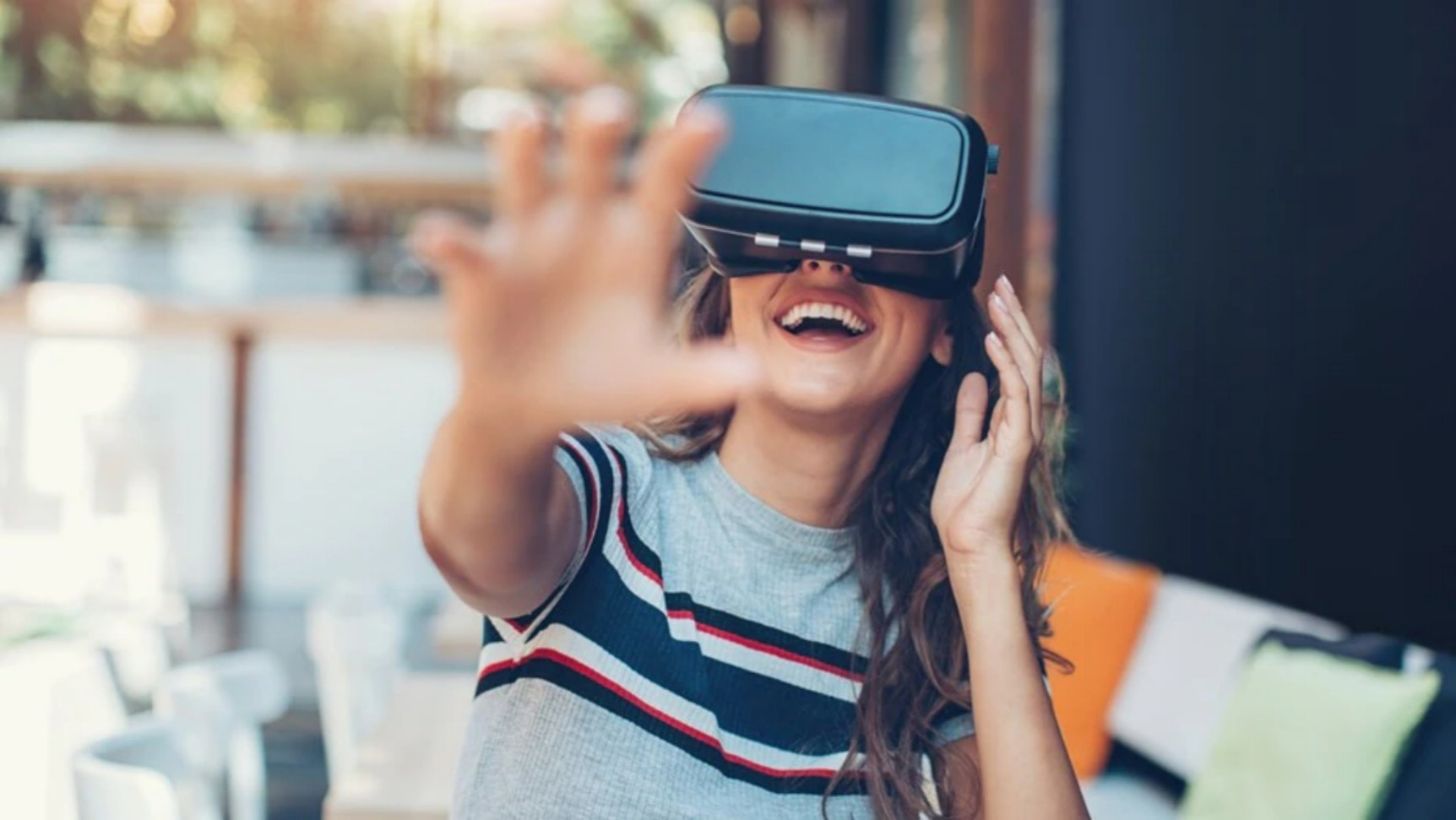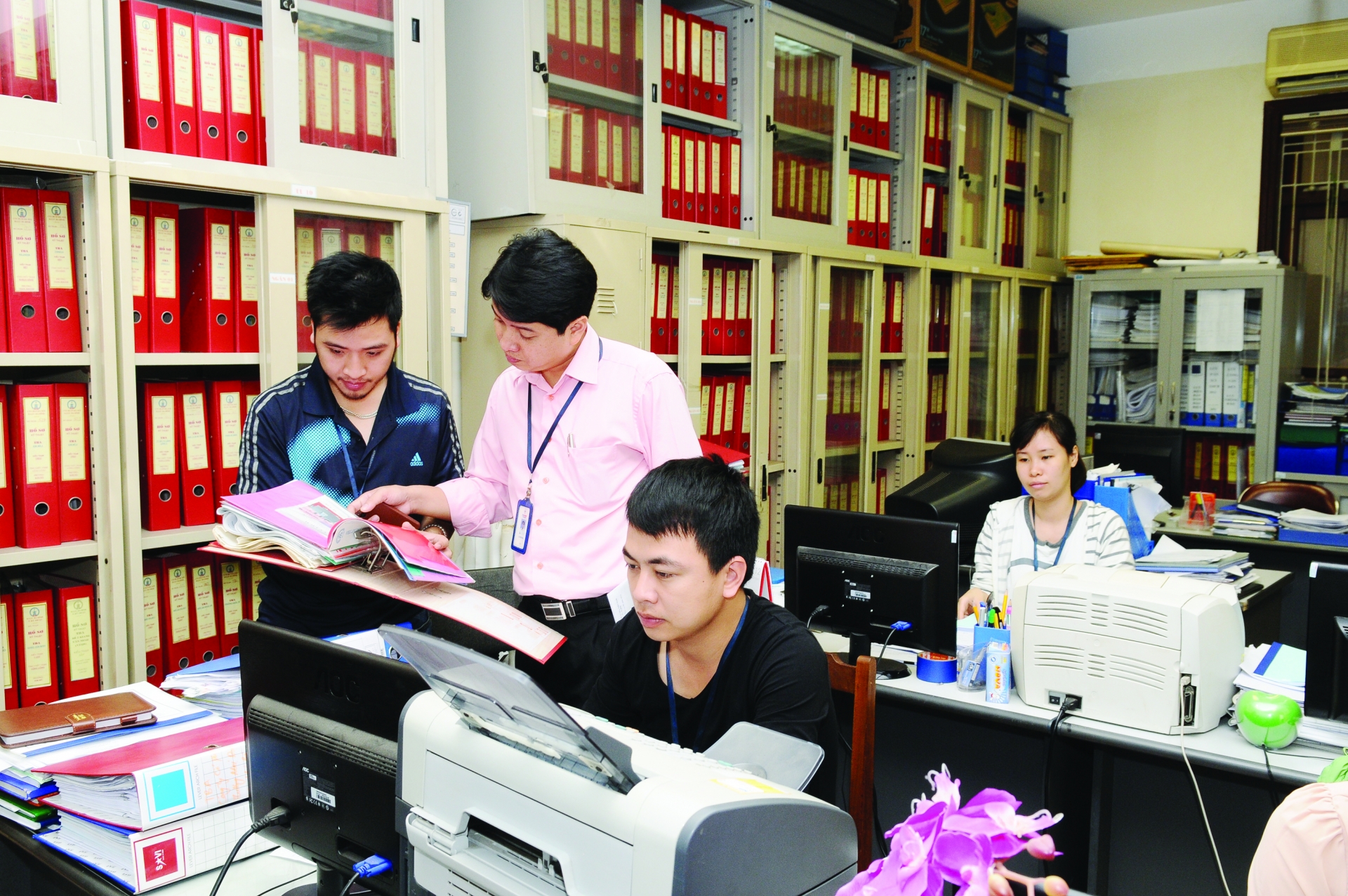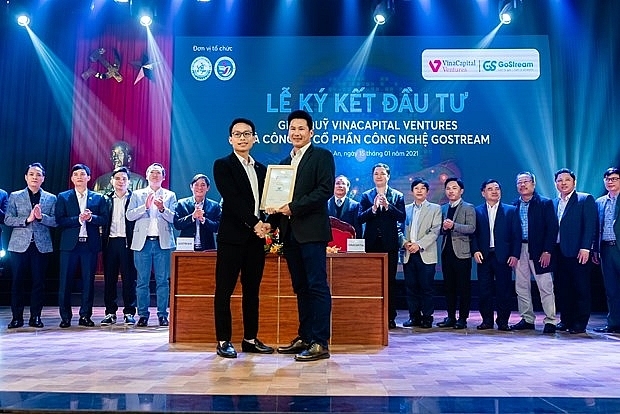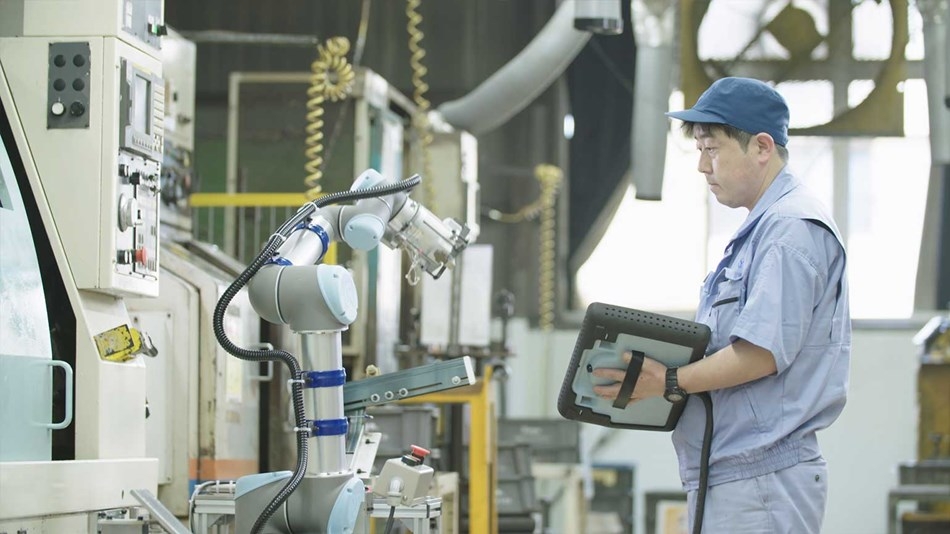GE scientists develop technology to add COVID-19 virus detector to mobile devices
Building on a suite of successful sensing technologies that have resulted in field demonstrations and a commercial launch for industrial monitoring, GE Research has been awarded a 24-month NIH grant (U01AA029324) of the RADx-rad program to develop miniature sensors that can detect the presence of the COVID-19 virus nano-particles on an array of different surfaces.
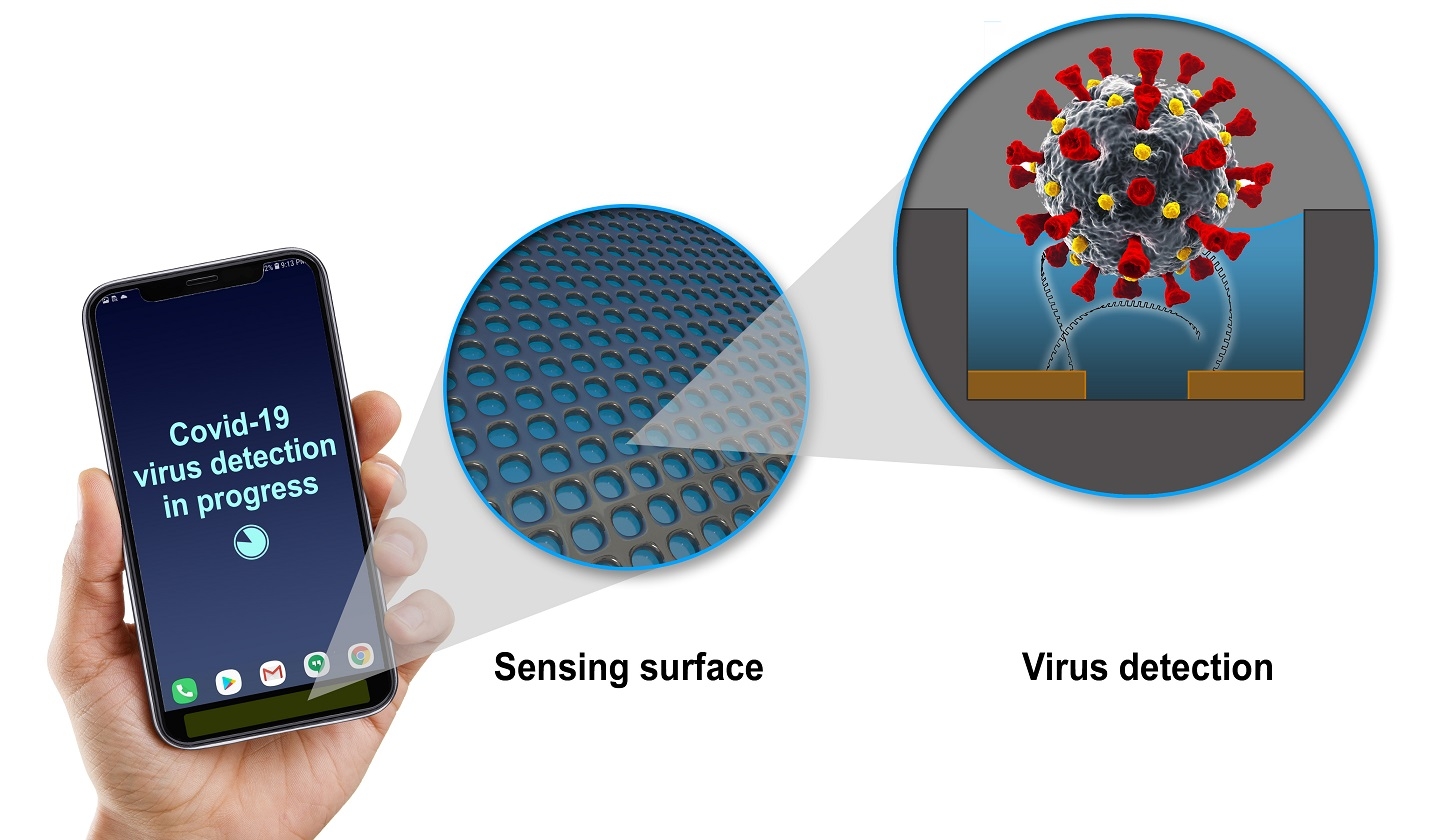
“One of the first lines of defense against any virus is avoiding exposure, which is easier said than done when you can’t see it,” said Radislav Potyrailo, a principal scientist at GE Research and principal investigator on the NIH project. “Through our project with the NIH, we are developing a sensor small enough to embed in a mobile device that could detect the presence of the COVID-19 virus.”
Potyrailo added, “We all come into contact with different surfaces during any given day, from computer screens and conference tables to kiosks at the airport and of course, credit card machines at stores while running errands. While everyone does a great job keeping these surfaces clean, we want to add an extra layer of safety by being able to detect the presence of the virus.”
Over the past decade, Potyrailo and the sensing teams at GE Research have made tremendous strides in developing miniaturized sensing technologies that deliver the superior performance and acute sensing capabilities similar to high-end, large analytical instruments you would find in a typical lab.
“We have developed tiny sensors smaller than a fingertip that have the same detection capabilities as the high-end analytical instruments the size of a microwave oven,” Potyrailo added. “By delivering this exquisite detection capability of a conventional high-end analytical instrument in a such a small form factor, we can now consider sensing applications that you could envision being implemented as a sensor surface on a mobile phone or on a device even smaller than that.”
Potyrailo noted that the breakthrough sensing technology being developed is extremely reliable and good at isolating the detection without the interference of other elements. “Our sensors are sort of like bloodhounds,” Potyrailo added. “We train them to detect a specific thing, and they are able to do that well without being thrown of the trail by something else."
As part of the two-year project, the sensing team will demonstrate the reliable detection of a few nano-particles of concern such as those related to the COVID-19 in the presence of diverse kinds of common interferences.

